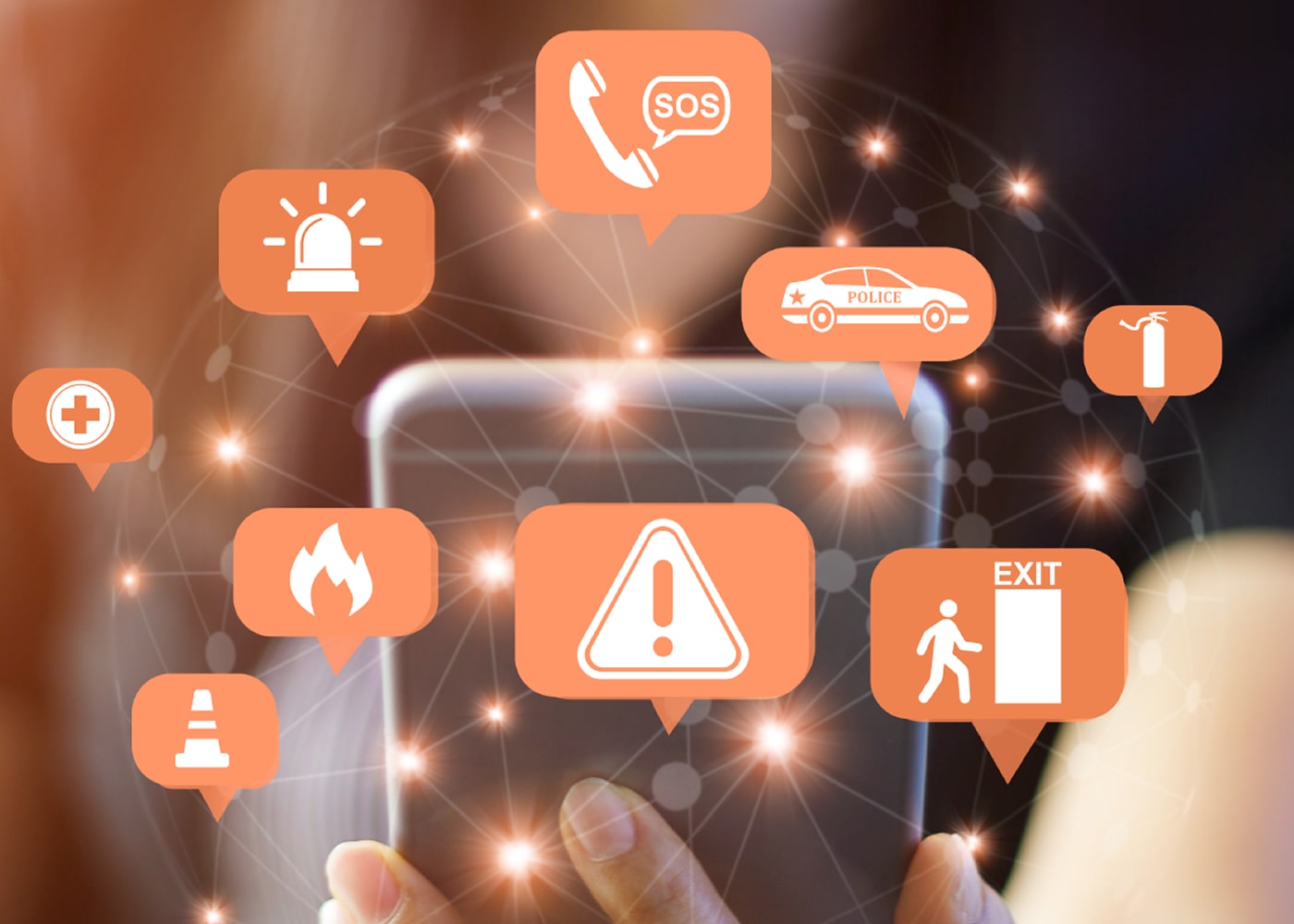Engage the Workforce with a Mobile-First Approach to EHS
Sponsored by: ReadyKey
But maybe we should be asking ourselves WHY that software implementation didn’t work. When it comes to streamlining processes, disseminating accurate and critical information, and ensuring a high adoption rate across the workforce — the key
to success is leveraging a true mobile-first approach.
What is a “mobile-first” approach?
All too often I see clients with incredibly low expectations for company-issued mobile tools, often because they have been burned by a poor mobile app experience previously. Unfortunately, most of these mobile apps were built as an afterthought, creating a disjointed and cumbersome experience. This can make some leaders believe that employees will be reluctant to download any company mobile app.
In the context of software for EHS and Compliance use cases, a mobile-first approach means designing and developing software applications with mobile devices as the primary focus. The software should take into account the unique characteristics of mobile devices such as smaller screens, touch-based interactions, and limited bandwidth.
Let’s take a moment to consider a few of the distinct advantages that a mobile-first strategy brings to garner us all faster and more tangible returns on our efforts to digitally engage our workforce.
- Ease of Access: One of the advantages of mobile applications is how easily accessible they are through app stores (public and private). Almost all working US adults own a smartphone, and even those employees without email addresses can access information (should you want them to)
- Better User Experience: Mobile applications are optimized for the smaller screens and touch-based interface of smartphones and tablets. As a result, mobile apps offer a better user experience compared to traditional desktop applications or web-based platforms. Mobile applications also offer faster loading times, more responsive interfaces, and offline access for those workers who are regularly away from their desks or in remote areas
- Unique Features: Push notifications, social connections, customizable forms for data collection, QR code scanning, integration with other apps… The list of “things we can do” with mobile that just isn’t possible in desktop format goes on and on. The capabilities of a mobile-first strategy, especially when tied back into an enterprise intelligence platform, give us the ability to engage in different and meaningful ways that are otherwise not available
BSI Case Study
BSI, an international business standards company, helps organizations all over the world make excellence a habit. When a global food and beverage company sought to modernize its binder and paper emergency action plans, the organization enlisted BSI to find a solution to implement across its North American facilities. After extensive research, BSI identified ReadyKey to deliver a scalable mobile solution.
The ReadyKey platform offers the flexibility required to build the secure, custom mobile app the client required. BSI and ReadyKey partnered to scale the solution for the client’s 400+ sites, making it accessible to nearly 5,000 emergency response
stakeholders. Within the organization’s single app, Emergency Action Plans are available for each site.
In completing implementation, ReadyKey’s mobile-first expertise helped the client go entirely digital to eliminate printing
and streamline communications. Today, it’s easy to get critical information in front of the right people at the right time. And updates can be made and pushed out seamlessly. “Going mobile” increased the client’s confidence
in access to their current emergency action plans and call lists from 20% to 90%.

How to implement a successful mobile-first strategy
There’s a lot to consider when we build a strategy for “going digital,” even with the mobile advantages. How successful you are will depend on too many variables to cover in this article – things like the scale of implementation, hardware considerations, market availability of budget-appropriate software, and so on. But as you think about mobile applications and their place in your digital ecosystem, here are a few steps you can take to create an engaging experience:
- Partner with experts
Ensure that you’re partnering with the right subject matter experts on design and build – both EHS SMEs and mobile applications experts - Identify key stakeholders
Early and frequent engagement with all stakeholders means you can make sure you’re solving a problem for them, and not just introducing a new thing to distract them from their day-to-day - Make it easy
The app should be easy to download and use. An app that has a simple and intuitive user interface helps to speed up the learning process and improve adoption rates - Be transparent on data collection
Know what is OK for you to collect and manage, and what needs to stay out of scope, and be transparent and explicit about the data the app will (and won’t) collect - Integrate with existing systems
Don’t make the app another thing to worry about, make it the thing which ties everything together. Connecting your app to the right data repositories ensures accurate and pertinent intelligence is collected - Make it compelling
Give the app a clear purpose — end users need to know why they should care about this. And then fill the app with critical and compelling content and ensure it is always up-to-date - Use QR codes
Use QR codes to connect the app to the physical world, help people get to the information they need in seconds
Embracing Mobile-First
Embracing a mobile-first strategy increases adoption rates, and in turn user engagement and a stronger return on investment. As a mobile user, I have experienced firsthand the benefits mobile applications offer users and developers. We believe that now is the time to raise expectations for mobile in our industry, and shake off the failed projects of the past - I look forward to seeing the myriad ways our platform is used to keep people safe, increase efficiencies, reduce costs, and improve safety culture.About the Author

Earlier in his EHS career at Cascade Steel Rolling Mills, Inc., Jacob created nationally recognized programs, while also developing his base of knowledge across all EHS disciplinary areas related to heavy manufacturing. Later, he took on remediation compliance management in varying roles during his tenure at ERM with a focus on the energy sector, before joining BSI America Professional Services, Inc. As BSI's National Practice Director, he had overall accountability for the US-based consulting team that supports clientele in technology utilization assessments, database development and hosting, and general EH3S technology excellence. Jacob has also served in numerous roles in chapters of the American Society of Safety Professionals (ASSP) and was recognized as the 2020 Safety Professional of the Year in Central Texas.

